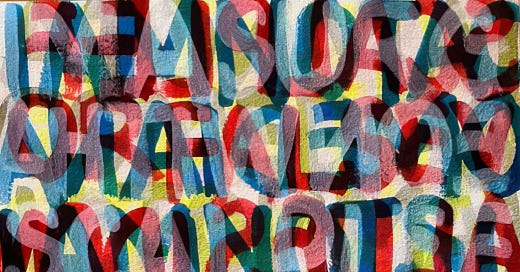Welcome to the Ephemera Newsletter free edition, Dost Sabha! (Maithili for “friends”)
The early deadline for our sponsored residency has passed. The final deadline is August 31. Please join us to support the letter so we can continue to bring weird tidbits, mini essays, artists and music from a writerly lens, opportunities and other literary and creative…
Keep reading with a 7-day free trial
Subscribe to Ephemera to keep reading this post and get 7 days of free access to the full post archives.


